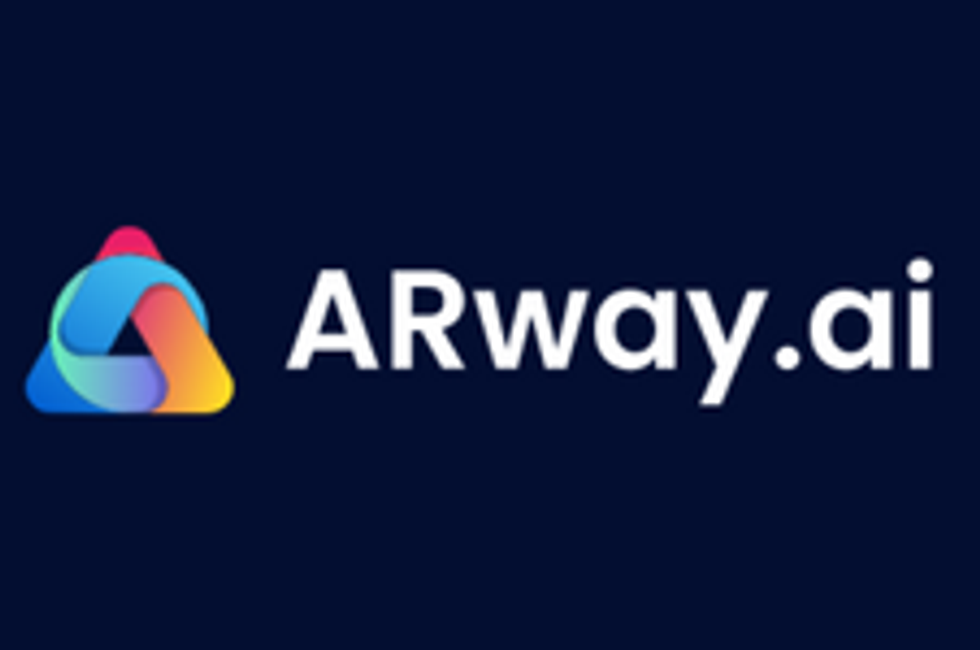
What is artificial intelligence, its applications, and public companies you can invest in.
The term artificial intelligence (AI) was coined in 1955 to describe a new computer science sub-discipline. According to a report by PwC, AI is an “essential technology”. Many people use AI without realizing it, since it spans a very broad reach. Some of its applications include machine learning, speech recognition, and data analytics.
Forrester Research predicts an increase of at least 300 percent in investments in artificial intelligence in 2017 compared to 2016. Further to that, CB Insights’ Anand Sanwal commented during a presentation early in 2017 that innovation in the AI sector is heating up, “attacking lots of different areas– everything from diagnostics to discovery to genomics.”
The adverts that pop up on websites, that relate so perfectly to your latest search engine criteria, are no coincidence or quirk of fate. They are due to data, which is the raw material for AI. AI takes the information data provides and uses it to create products like recommender systems, such as visual board Pinterest, or Facebook’s ability to suggest which friend you can tag.
What is artificial intelligence?
HAL 9000, Skynet, JARVIS and Ultron are only some of the numerous pop culture references for artificial intelligence but according to PWC, AI can be defined as “software algorithms that are capable of performing tasks that normally require human intelligence, such as visual perception, speech recognition, decision-making, and language translation.”
10 types of artificial intelligence
Artificial intelligence has come a long way from the Dartmouth Summer Research Project on Artificial Intelligence in 1956, which many refer to as the beginning of the science. Forbes lists the applications of AI in the following 10 categories:
- Natural Language Generation (NLG) – In an article, AI software company Yseop defined NLG as, “technology that turns data into written narrative automatically.”
- Speech recognition – Speech transcription software such as Dragon fall into this category, where software enables a person’s voice to prompt a command that the computer obeys. Interactive voice response systems such as Apple’s (NASDAQ:AAPL) Siri and Amazon’s (NASDAQ:AMZN) Alexa are modern-day examples of this type of AI.
- Virtual agents – Chatbots asking if you need any help are the next customer service interface, particularly in the realm of retail.
- Machine learning platforms – This category uses algorithms, APIs and computing power to predict or classify.
- AI-optimized Hardware – Processing chips and appliances that are designed to run AI jobs efficiently.
- Decision Management – Rules and logic need to be inserted into AI systems via engines, or autonomous algorithms. Enterprises are using AI in their procurement, training, operations, and even trading.
- Deep Learning Platforms – Machine learning that consists of multiple layers of artificial neural networks, and is supported by very large data sets. One such company that demonstrates this category is BrainChip Holdings’ (ASX:BRN) Spiking Neuron Adaptive Processor that is used in surveilance and casino operations.
- Biometrics – Image and touch recognition, speech and body language describe this category. Ping An Technology has an AI facial recognition technology that is reportedly more accurate than a human eye.
- Robotic process automation – AI can take on tasks or processes that are too expensive or inefficient for humans like data entry and even entire workflows.
- Text Analytics and Natural Language Processing (NLP) – AI can take text, understand sentence structures, meanings and sentiment and facilitate understanding through machine learning methods. A practical example of this would be the Oxford University Press conclusion that Shakespeare did not write Henry VI alone.
Principles to abide by
As pop culture suggests, AI is not without ethical issues attached to it, but as the technology evolves, so do the guiding principles.
Enter the Asilomar AI Principles, which was developed by AI researchers and thought leaders during the Asilomar conference in California. It is a list of 23 guiding principles to ensure that artificial intelligence continues to, “help and empower people in the decades and centuries ahead.” The 23 principles are divided into 3 categories: Research, ethics and values, and longer-term issues; and cover issues ranging from values to the development of superintelligence. Renowned Cosmologist Stephen Hawking and Tesla’s Elon Musk have endorsed this set of 23 principles.
Investing in artificial intelligence
Facebook (NASDAQ:FB), Alphabet (NASDAQ:GOOGL), IBM (NYSE:IBM) and Salesforce (NYSE:CRM) may be the big players and leaders in artificial intelligence, but they are not the only ones. Other publicly-listed companies are also part of the expanding playing field of artificial intelligence. Listed below are some of them:
- Nvdia (NASDAQ:NVDA) manufactures graphics processing chips and a GPU-accelerator for cloud computing.
- Mobileye (NYSE:MBLY), which will be soon be acquired by Intel, develops computer vision and machine learning, data analysis, localization and mapping for Advanced Driver Assistance Systems and autonomous driving. Mobileye’s EyeQ chips anticipate possible accidents on the road through detailed interpretations of the visual field.
- Rocket Fuel (NASDAQ:FUEL) uses AI for predictive marketing, anticipating people’s need for products and services.
- BrainChip Holdings’ (ASX:BRN) developed its Spiking Neuron Adaptive Processor to mimic the human brain. SNAP has many applications, which includes surveillance, casino operations, and potentially, investing.
Another good way to invest in artificial intelligence is through Global X’s pure-play Robotics & Artificial Intelligence Thematic ETF (NASDAQ:BOTZ). Although most of its holdings are robotics-focused companies, it also holds a number of AI-related plays such as Mobileye and AeroVironment (NASDAQ:AVAV).
Artificial intelligence is everywhere, posing huge potentials for revenue and subsequently, investing. As Heath Terry of Goldman Sachs Research says, “We’re going from a world where people give machines rules to a world where people give machines problems and the machines learn how to solve them on their own.”
Don’t forget to follow us @INN_Technology for real-time news updates!
Securities Disclosure: I, Pia Rivera, hold no direct investment interest in any company mentioned in this article.




